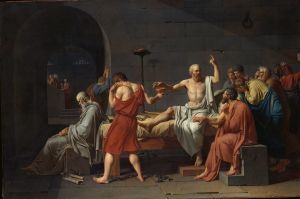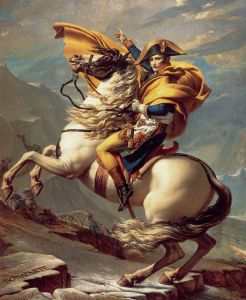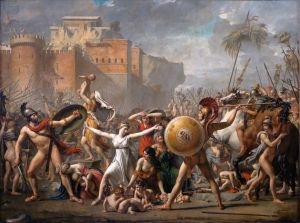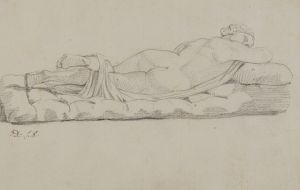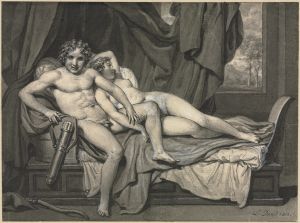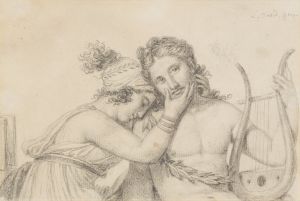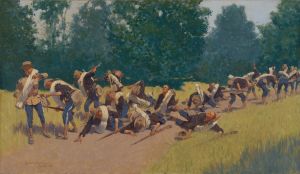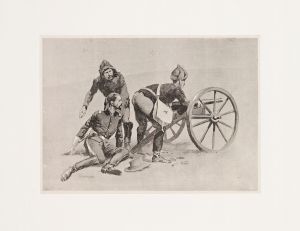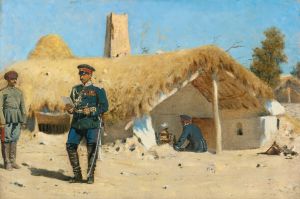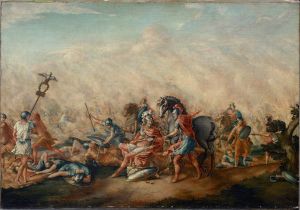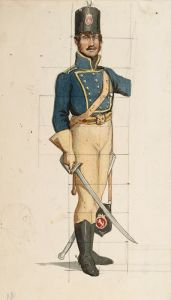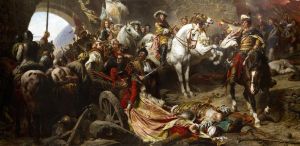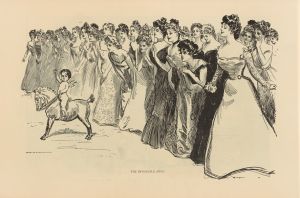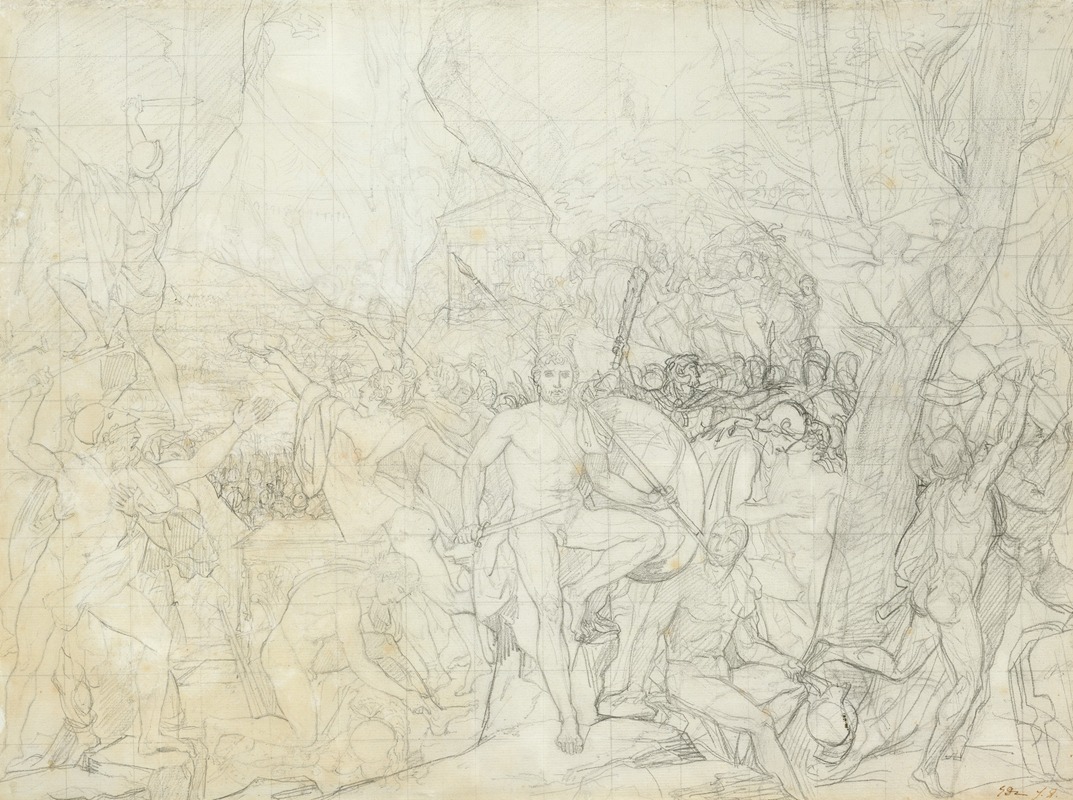
Leonidas at Thermopylae
A hand-painted replica of Jacques Louis David’s masterpiece Leonidas at Thermopylae, meticulously crafted by professional artists to capture the true essence of the original. Each piece is created with museum-quality canvas and rare mineral pigments, carefully painted by experienced artists with delicate brushstrokes and rich, layered colors to perfectly recreate the texture of the original artwork. Unlike machine-printed reproductions, this hand-painted version brings the painting to life, infused with the artist’s emotions and skill in every stroke. Whether for personal collection or home decoration, it instantly elevates the artistic atmosphere of any space.
"Leonidas at Thermopylae" is an unfinished painting by the French artist Jacques-Louis David, a prominent figure in the Neoclassical art movement. The work was commissioned in 1814 and depicts the Spartan king Leonidas and his soldiers at the Battle of Thermopylae, a historic event that took place in 480 BCE during the Greco-Persian Wars. The painting is housed in the Louvre Museum in Paris, France.
The Battle of Thermopylae is one of the most famous episodes in ancient history, where a small Greek force led by King Leonidas of Sparta made a heroic stand against the much larger Persian army under King Xerxes. David's painting captures the moment before the final confrontation, emphasizing themes of sacrifice, patriotism, and valor. The work reflects the artist's interest in classical antiquity and his ability to convey complex emotions and narratives through his compositions.
In the painting, Leonidas is depicted as a central figure, seated and deep in thought, embodying stoic resolve and leadership. Around him, his soldiers prepare for battle, with some sharpening weapons, others bidding farewell to loved ones, and a few engaging in quiet reflection. The composition is carefully arranged to highlight the tension and gravity of the moment, with a strong focus on the human form and the interplay of light and shadow.
David began working on "Leonidas at Thermopylae" during a turbulent period in French history, as the Napoleonic era was coming to an end. The themes of heroism and self-sacrifice in the painting may have resonated with contemporary audiences, reflecting the political and social upheavals of the time. However, the painting was left incomplete, and some areas of the canvas remain unfinished, offering insight into David's artistic process.
Despite its unfinished state, "Leonidas at Thermopylae" is considered a significant work in David's oeuvre. It demonstrates his mastery of anatomy, composition, and the Neoclassical style, which sought to revive the ideals of ancient Greek and Roman art. The painting also serves as a testament to David's ability to blend historical narrative with universal themes, making it a powerful and enduring piece of art.
Today, "Leonidas at Thermopylae" is appreciated for its historical and artistic significance, as well as its connection to the broader cultural and political context of the early 19th century. Visitors to the Louvre can view the painting and explore its details, which continue to inspire admiration and scholarly interest.





